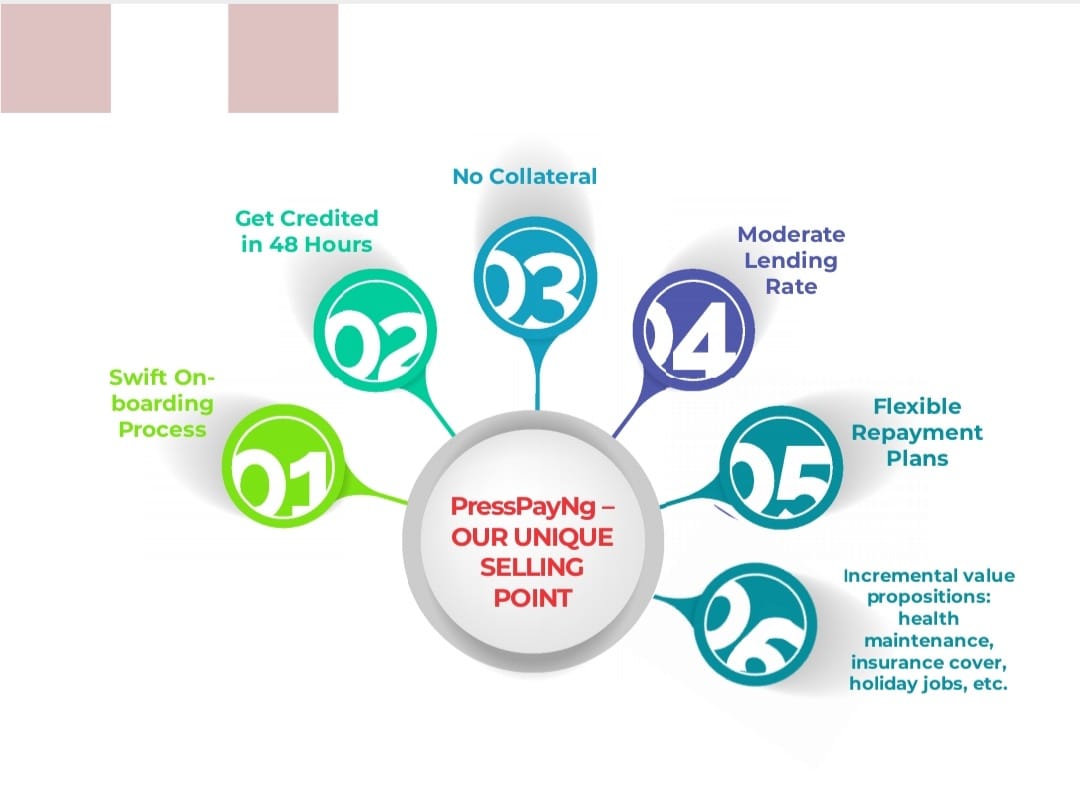How to Boost Your Public Relations Strategy Without Breaking the Bank
Public relations (PR) is key to any successful business’s marketing and communications strategy. There are many great benefits to paid advertising, but where paid advertising lacks, public relations makes up for it. Public relations creates trust and reliability with the consumer, turning them into loyal customers. It is essential to understand what PR is and how you can execute effective campaigns affordably.
Here are some things to consider when building your company’s reputation effectively.
What is PR?
Public relations is how companies can best connect with their target audience. According to The Public Relations Society of America (PRSA), “Public relations is a strategic communication process that builds mutually beneficial relationships between organizations and their publics.”
In today’s public relations world, specialists focus on conducting research and campaigns that target both traditional and digital media. They work to create and maintain symbiotic relationships with the press to help make your company a valuable and reliable source for information as well as a voice to be followed on social media.
On the digital front, it is more important than ever for companies to communicate with the younger generation through social media over traditional forms of media that have been used in the past. Instead of emailing press releases, companies must adapt to the new realm of social media and find creative ways to share their story and product. Social media allows everyone to convey their beliefs to a broad online audience; developing that relationship with the target audience is imperative to creating a lasting impression on the internet.
How to determine what is newsworthy
No matter the size of your business, acquiring news coverage is possible. There are many ways that news media outlets decide on what they want to cover. The best way to truly determine newsworthiness is to take a step back and view your business objectively to understand what everyone on the outside believes about your business.
The following is a list of some of the elements that help in making a story newsworthy:
- Impact. An impactful story that will reach many people will help to add an element of newsworthiness to your story. Ask yourself, does this story directly impact your audience?
- Timeliness. Make sure that the story is about something that happened somewhat recently. They have a better chance of making the news over something that happened not as recently.
- Relevance. Be sure to check that the story is relevant to the audience. That will give the story a better chance of being relatable and seen by many people.
- Prominence. If prominent people within or outside of your company interact with the company, people will want to read about it.
- Proximity. The closer an event takes place to the intended audience, the more likely it will impact them.
- Novelty. New and different ideas and information do well. Strange and sensational stories that stray from the norm quickly grab the reader’s attention.
- Conflict or Controversy. Editors generally deem conflict more newsworthy than peace. It would benefit your business most to focus on good news.
- Human Interest. Connecting with the audience emotionally is extraordinarily effective in getting attention to a story.
There are topics that businesses can use to gain coverage that fits within these parameters. Instances like important milestones, someone important retiring or getting promoted, new products, services, or new location openings are all great examples of angles to cover that fit well within the newsworthy parameters.
What can your small business do today?
While good PR can’t be bought, the work necessary for a successful campaign can become expensive. Fortunately, efficient and affordable options exist to develop your company’s reputation and create relationships.
Share stories. Write industry-specific articles for the company blog, LinkedIn and other online sources. The art of storytelling is most valuable in today’s marketing. Publications buy stories, not products. You will gain traction and give your company the desired coverage by crafting a story that people can connect with. Even taking an existing news story and adding an exciting and relevant twist could create more press for your company as an additional news source. Determining current trends could also be important in creating relevant content. Social media is also handy for breaking the wall between your company and the public. Create hashtags on social media to promote your story and your company.
While a good reputation through public relations may not be the main driving force of online activity or sales, maintaining a positive perception of your company can heavily impact the success of your marketing strategies and your company.
Source: enterpreneur.com
Cc: Ken Wisnefski
#EduSAVINGS#EduLOANS#EduSURE#INTERNSHIP#SCHOLARSHIP#EduHEALTHMAINTAINANCE#ENTERPRENUERSHIP#PressPayNg#TERTIARY#EDUCATION#TUITION#FEES#UNIVERSITY#POLYTECHNIC#MONOTECHNIC#FELLOWSHIP#COLLEGEOFEDUCATION#HOLIDAYJOBS#SOFTSKILLSTRAINING




